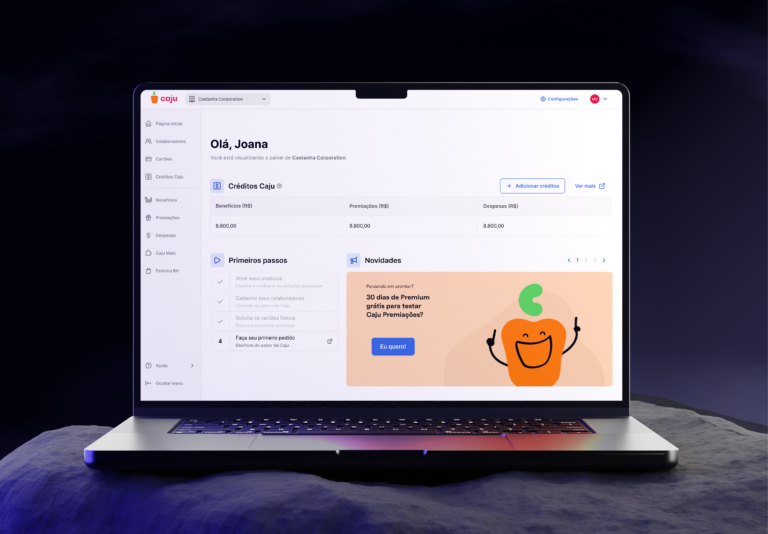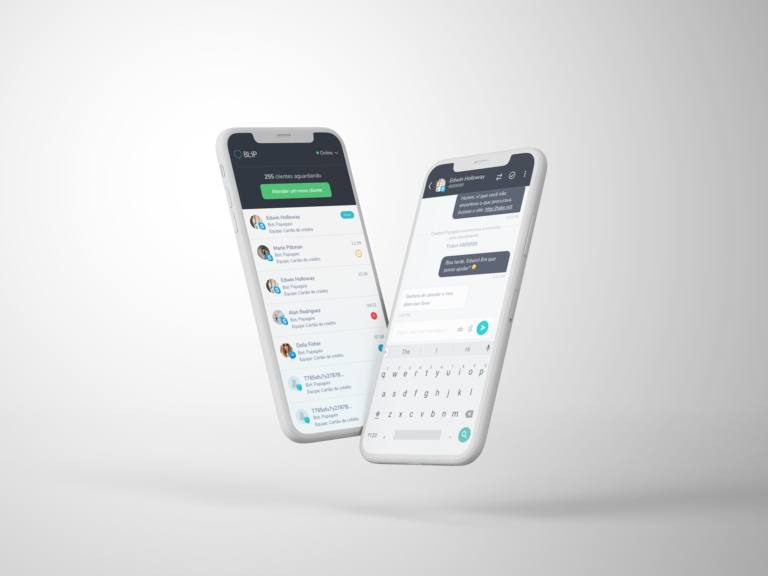Implementation of an automated subscription process on the Blip platform, reducing a 27-day journey.
Opportunity
We aimed to simplify the subscription process for our users, creating a secure and frictionless journey that supports Blip’s Product-Led Growth strategy. Previously, the subscription flow took an average of 27 days to complete, requiring handoffs across multiple departments. Our goal was to drastically reduce that timeline and enable customers to complete their subscription on their own, in a safe and efficient manner.
Research
During the discovery phase, we used several methodologies:
- Benchmarking: Investigating how Blip’s direct competitors handle their subscription process.
- Collecting & Analyzing Behavioral Data: Examining usage patterns of users on the free plan to understand adoption rates and time-to-value.
- Stakeholder Interviews: Talking with the internal teams involved in the subscription process to clarify deliverables and challenges.
- External Interviews: Speaking with customers who had recently gone through the subscription process to identify emotional highs and lows, as well as points of friction.
Outcome: We produced a service blueprint mapping the entire subscription process, identifying which areas to automate first.
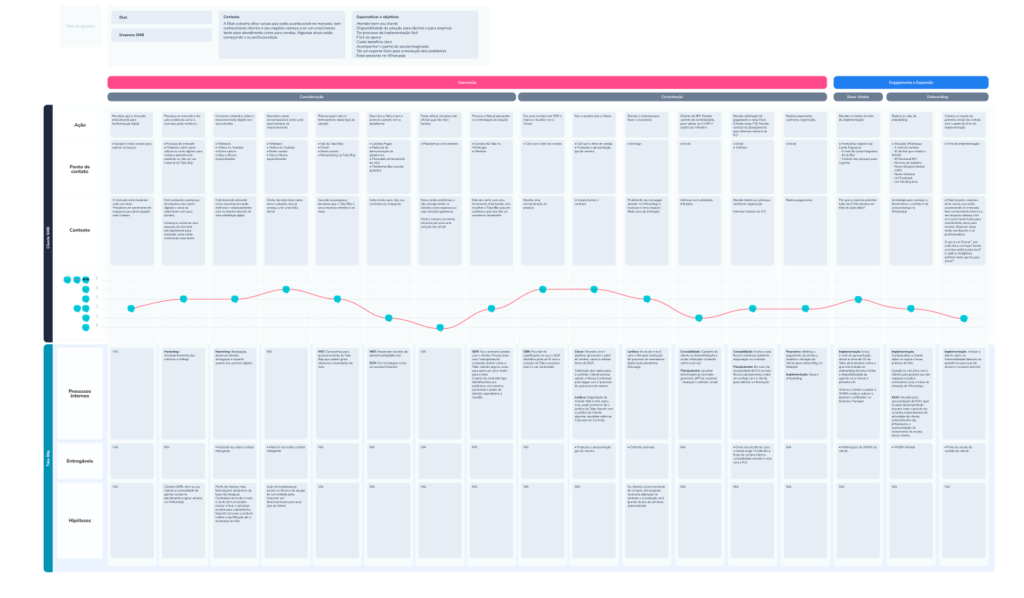
After establishing the user’s journey, we designed targeted experiments for specific stages to validate our hypotheses. We used Test Cards for experiment planning and Learning Cards to consolidate the results.
Experiments
Entry Points
Originally, there were no payment gateway integrations or automated flows to allow a fully self-service subscription. However, we first needed to understand how users would reach the subscription flow. Thus, we initiated a series of experiments to detect where in the platform users become PQLs (Product-Qualified Leads) and decide to purchase.
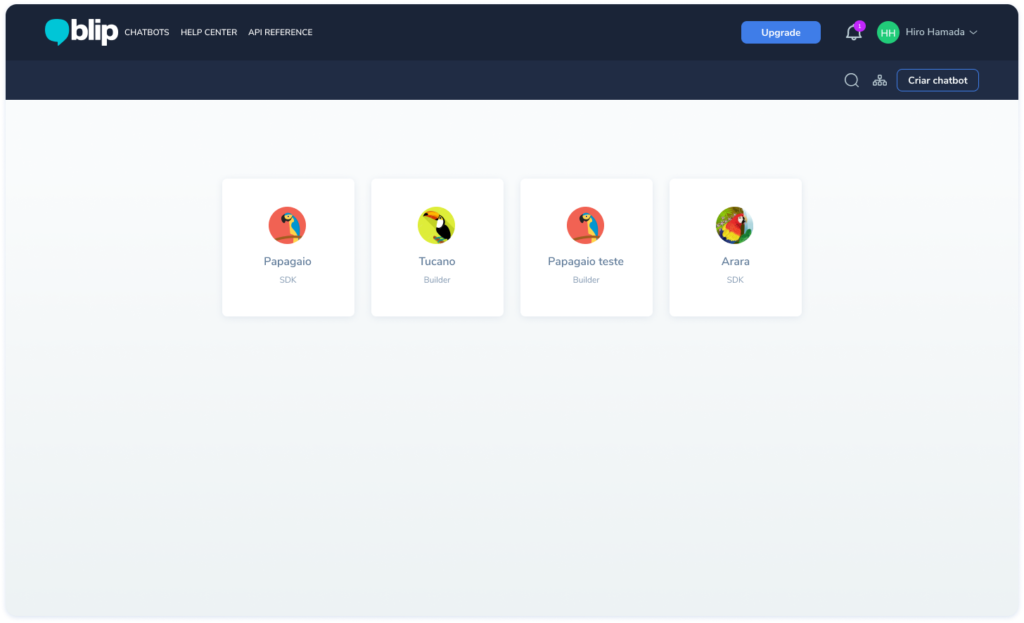
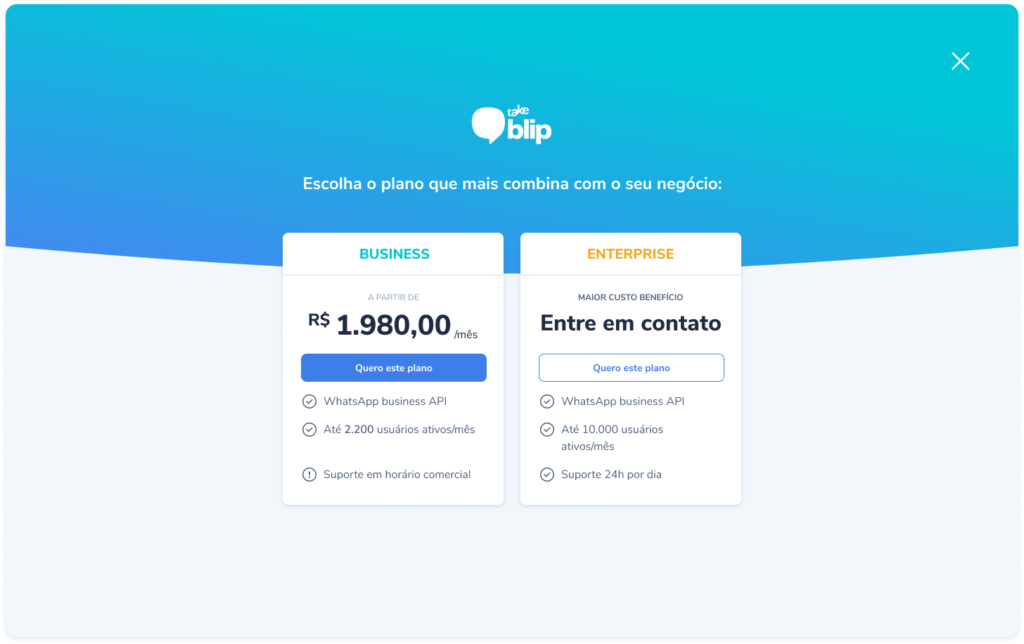
From this initial experiment, we observed that many users never proceeded past the pricing page. This led us to question whether the issue was related to our value proposition or pricing, and prompted our second experiment.
Offer Validation
Our objective now was to pinpoint the biggest barrier stopping users from completing the subscription: was it pricing or the value proposition? To find out, we set up an A/B test with two landing pages showcasing main plan benefits:
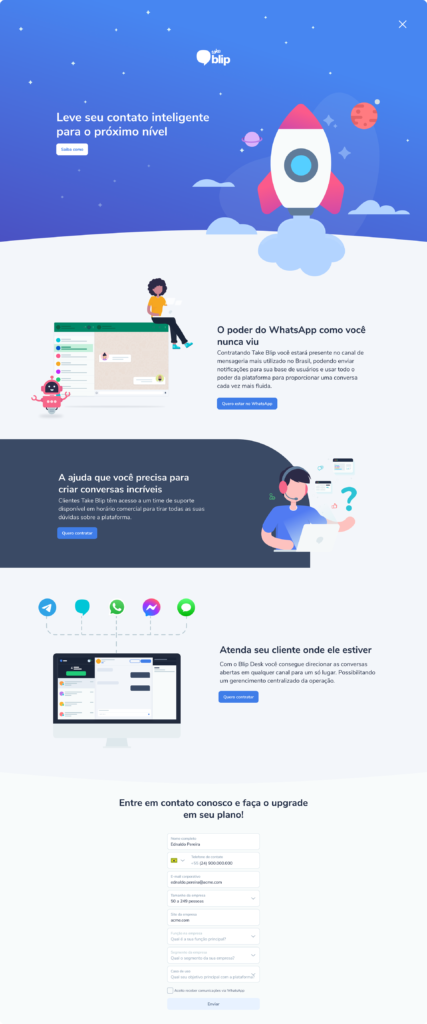
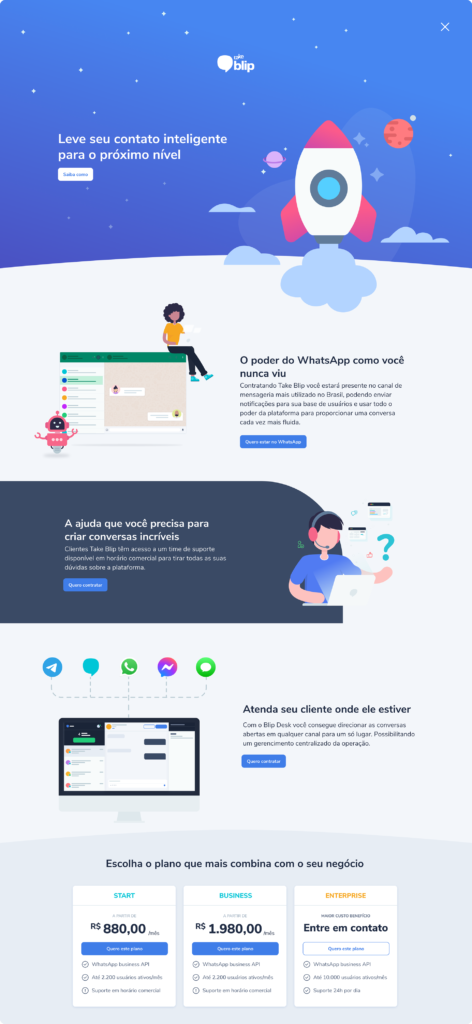
Overall, both versions performed similarly; however, Version A showed a notably higher re-engagement rate among users, suggesting they were more inclined to learn more when price wasn’t revealed immediately, prompting further discussion about revisiting our offers.
Checkout
While these experiments were underway, our development team integrated payment gateways and the company’s internal systems. This allowed us to take the first step toward automating the entire subscription process, even though we hadn’t yet finalized the new offer.
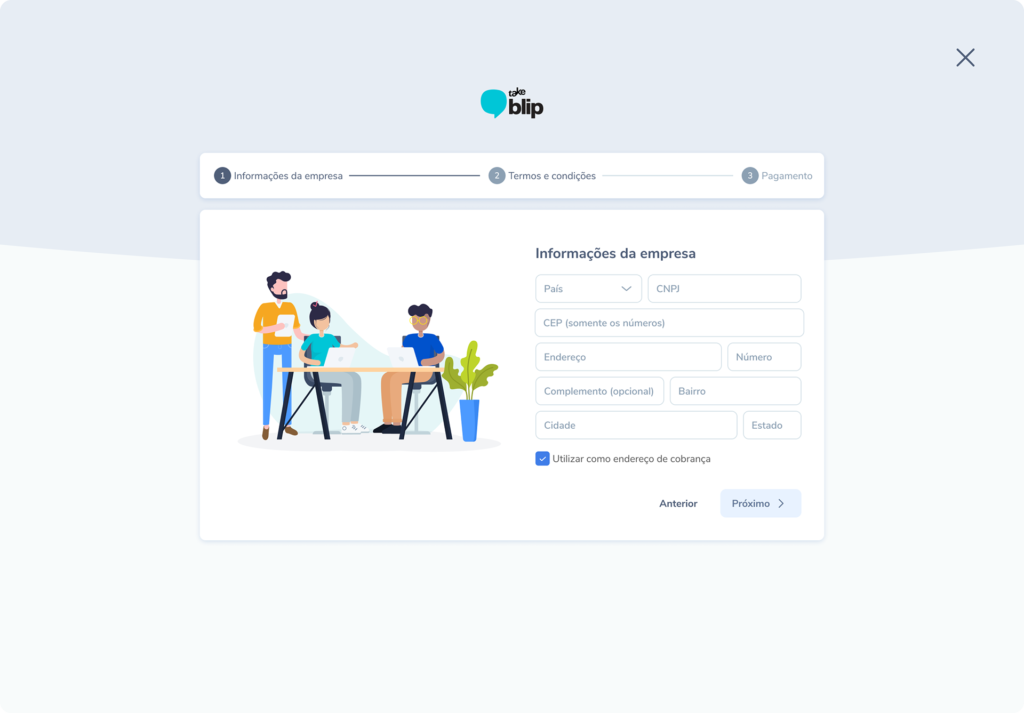
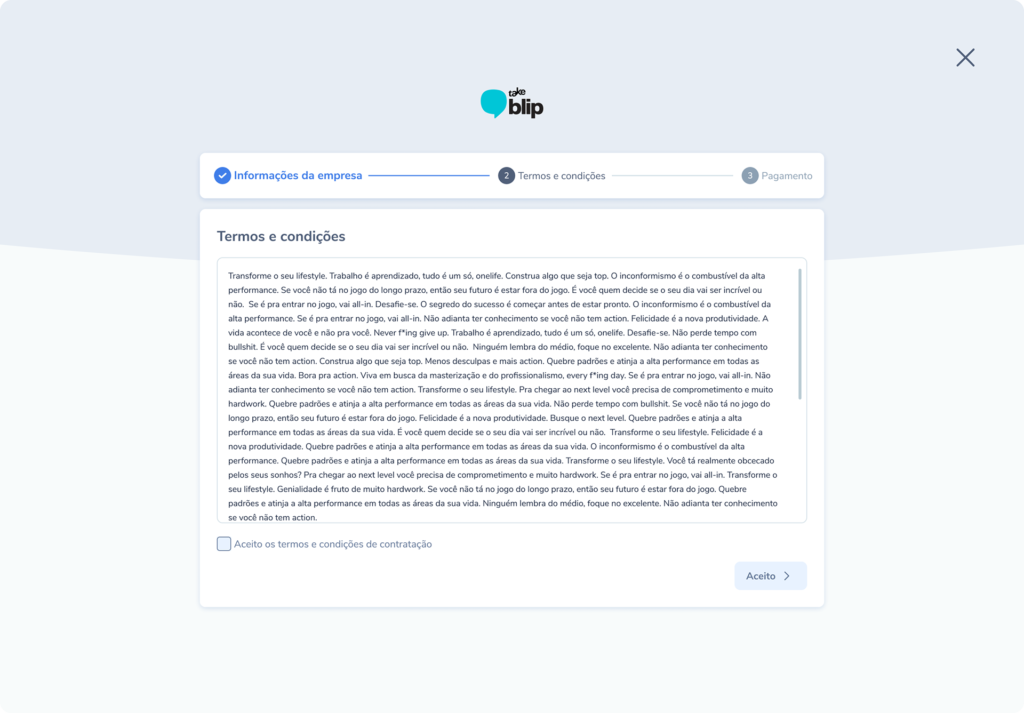
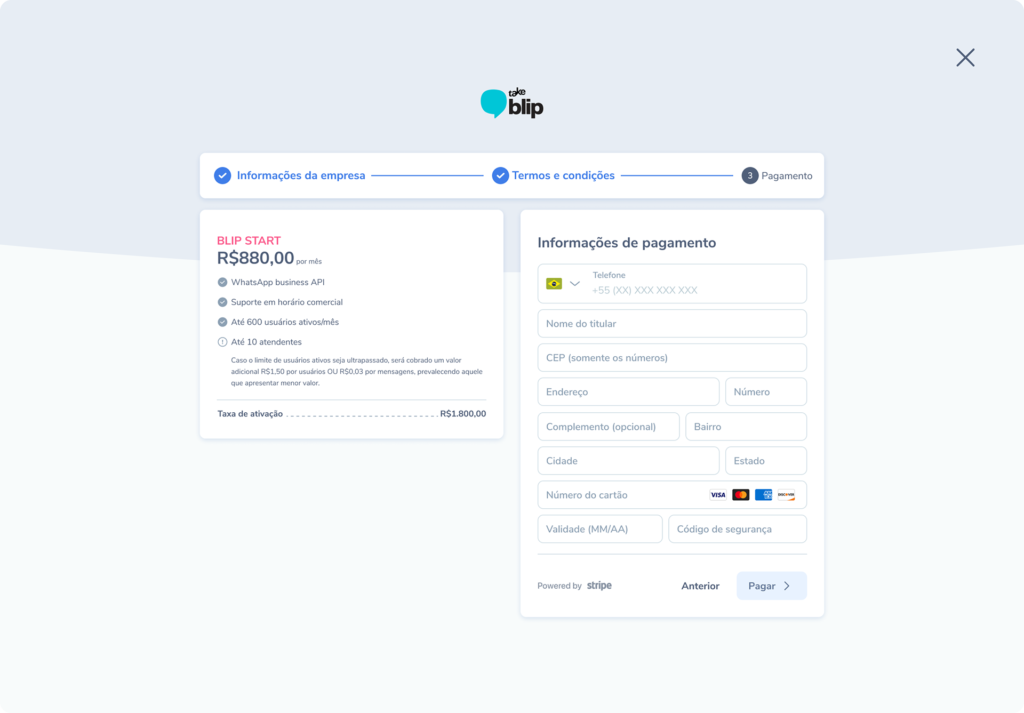
By the end, the user could enjoy the plan’s benefits 26 days sooner than before, reducing the overall journey significantly.
Results
- Reduced Timeline: We cut the subscription process from 27 days down to just 1 day—or even less, depending on the user’s speed.
- Increased Autonomy: Users could complete most steps on their own, minimizing back-and-forth with the Sales team.
- Better Insights: Tracking user behavior throughout the flow helped us refine the value proposition and price points.


